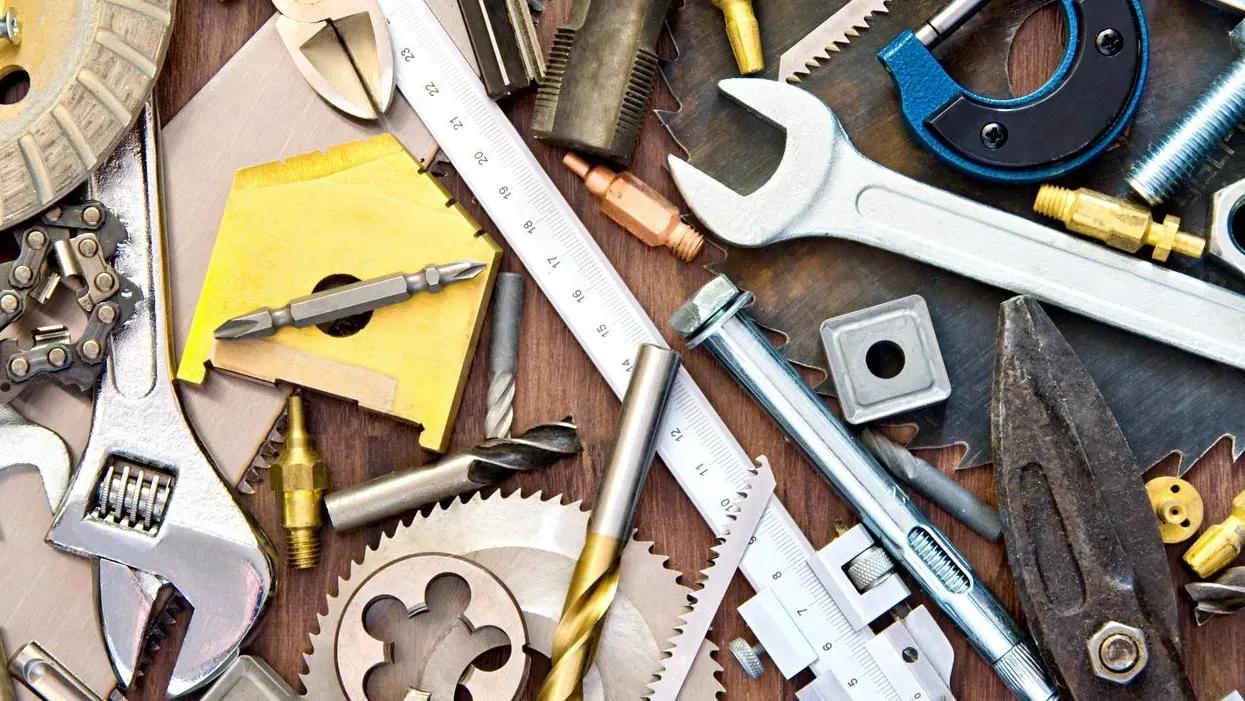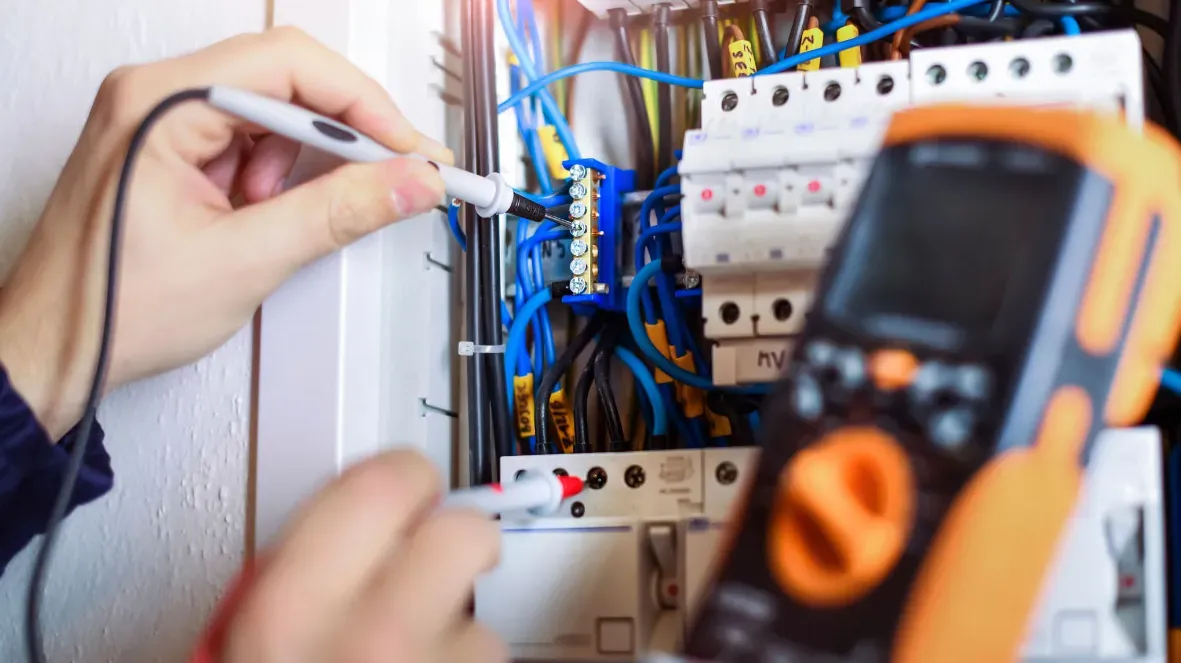Solving Common Household Problems: A DIY Guide for the Indian Homeowner

By
Shrusti Naik
Posted on September 5, 2025. 10 mins

Solving Common Household Problems: A DIY Guide for the Indian Homeowner
Introduction

Every Indian homeowner knows that household problems rarely come one at a time. A dripping tap, a tripped circuit, peeling wall paint, or a jammed door lock can turn a smooth day into an exercise in frustration. According to a 2024 survey by LocalCircles, nearly 67% of urban households in India spend between ₹5,000-₹15,000 annually on minor home repairs and maintenance. While professional help is sometimes necessary, many of these issues can be managed with basic tools, a little knowledge, and a dash of patience.
In a country where demand for domestic services often outweighs supply, DIY home repair is emerging as a cost-efficient and empowering trend. With the right guidance, Indian homeowners can save money, avoid delays in service availability, and even extend the life of household fixtures and appliances. This blog decodes some of the most common household problems, offering practical DIY solutions while keeping in mind safety, affordability, and ease of execution.
Understanding Why DIY Matters in Indian Homes
DIY is not simply about cost-cutting; it’s also about control and convenience. In many Indian metros, service providers may take days to respond to repair requests, leading to extended inconvenience. For instance, a small plumbing leak unattended can increase water bills and even cause long-term structural damage. Similarly, ignoring an electrical issue may raise safety concerns in homes where wiring is already decades old.
The Government of India has been emphasizing resource efficiency and sustainable living through initiatives like the Bureau of Energy Efficiency’s guidelines on household consumption (Source: BEE, 2025). DIY repair aligns with this push, as it encourages homeowners to maximize utility without discarding or replacing appliances unnecessarily. Moreover, in Tier-2 and Tier-3 cities, where professional handyman services may be limited, DIY solutions are often the only practical choice.
Plumbing Woes: Leaky Taps, Clogged Drains, and Running Toilets
Plumbing issues are among the most common headaches in Indian households. A dripping faucet may seem minor, but it can waste up to 20,000 liters of water annually (Source: Central Ground Water Board, 2024). Fixing this often requires nothing more than replacing a worn-out washer or tightening a loose valve, both of which are simple DIY tasks.
Clogged drains are another recurring problem, particularly in kitchens where oil residue accumulates over time. Baking soda and vinegar, followed by hot water, can effectively clear mild clogs, reducing dependence on harmful chemical cleaners that corrode pipes. Running toilets, too, are usually caused by faulty flapper valves that can be replaced at minimal cost with basic tools.
For more complex plumbing concerns like concealed pipe bursts or severe blockages, professional help remains necessary. But by mastering these basics, homeowners can cut down on repetitive service calls and reduce water wastage.
Electrical Fixes: Staying Safe While Staying Functional
Electricity is indispensable in Indian homes, powering everything from ceiling fans to high-end appliances. Yet frequent voltage fluctuations and aging infrastructure often lead to problems like tripped circuit breakers, flickering lights, or malfunctioning switches.
Safety must always come first. Simple actions such as turning off the main supply before attempting any repair, using insulated screwdrivers, and checking wires for visible damage can prevent accidents.
Replacing a faulty switch or socket is relatively straightforward: homeowners need only ensure the right amperage rating is used. Flickering tube lights, often due to worn-out starters or chokes, can be fixed by swapping the part—an inexpensive process compared to calling an electrician. For more advanced issues, like earthing problems or frequent short circuits, professional inspection is non-negotiable.
As India pushes toward electrification and solar adoption under the National Electricity Plan 2023–27 (Source: Ministry of Power, 2024), homeowners are increasingly encouraged to learn basic electrical literacy. Not only does this reduce downtime during outages, but it also promotes energy efficiency.
Walls, Paint, and Dampness: The Aesthetic Challenges
Every monsoon, Indian homeowners confront the menace of damp walls and peeling paint. According to a 2025 report by the Indian Paint Association, moisture-related wall damage accounts for over 30% of repainting demand annually.
DIY solutions here revolve around early intervention. Small patches of dampness can be treated with waterproofing primers available at local hardware stores. Minor cracks should be filled with putty before repainting, preventing water ingress from worsening. For peeling paint, sanding and applying a fresh coat can instantly improve aesthetics without the cost of a full professional repainting job.
The growing Indian market for DIY-friendly paint kits and rollers is making wall maintenance easier, empowering homeowners to handle touch-ups between professional paint cycles.
Furniture, Fixtures, and Everyday Repairs
Loose door hinges, jammed locks, squeaky chairs, and wobbly tables are irritants found in every Indian home. These are also among the simplest issues to resolve. A screwdriver, lubricating oil, and basic carpentry tools can solve most of these within minutes.
DIY furniture maintenance not only saves costs but also extends product longevity. Given that India’s furniture market is expanding at 12% CAGR as of 2025 (Source: Invest India, 2025), taking care of household fixtures ensures homeowners derive maximum value from their investments.
Conclusion

Solving household problems on your own is no longer about makeshift repairs. It is about adopting a more resourceful, sustainable, and financially savvy lifestyle. In a rapidly urbanizing India, where housing costs and maintenance expenses continue to rise, DIY knowledge empowers homeowners to act swiftly, minimize costs, and extend the life of their assets.
While professional help will always have its place, equipping oneself with basic plumbing, electrical, and carpentry skills is now a practical necessity. The next time a tap drips or a switch sparks, remember that a small effort today could save you thousands tomorrow—while also making your home more resilient.
Frequently Asked Questions
Q1. What are the most common household problems in Indian homes? Leaky taps, clogged drains, electrical switch failures, damp walls, and loose furniture fixtures are among the most frequently reported issues.
Q2. Can DIY repairs save significant money in India? Yes. Households can save anywhere between ₹5,000–₹10,000 annually on minor repairs by adopting basic DIY practices (Source: LocalCircles, 2024).
Q3. Are DIY electrical repairs safe? Simple fixes like replacing a switch or tube light starter are safe if the main power supply is turned off. However, complex issues should always be handled by certified electricians.
Q4. How do I prevent damp walls during monsoon? Applying waterproofing primers, sealing cracks with putty, and ensuring proper ventilation can reduce the risk of dampness and peeling paint.
Q5. Where can I learn DIY home repair skills in India? Several Indian e-learning platforms and YouTube channels offer free tutorials, while hardware brands like Asian Paints and Fevicol also promote DIY workshops for homeowners.